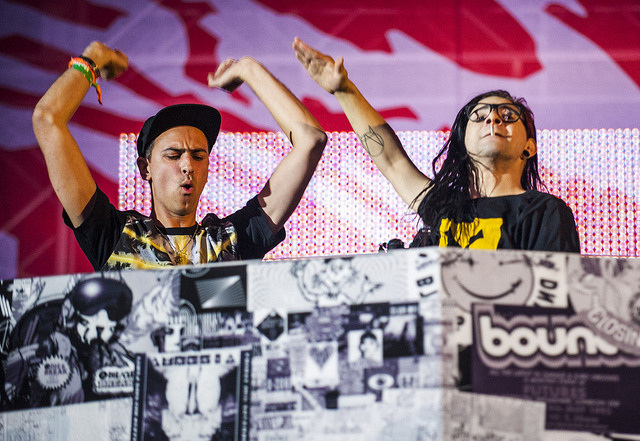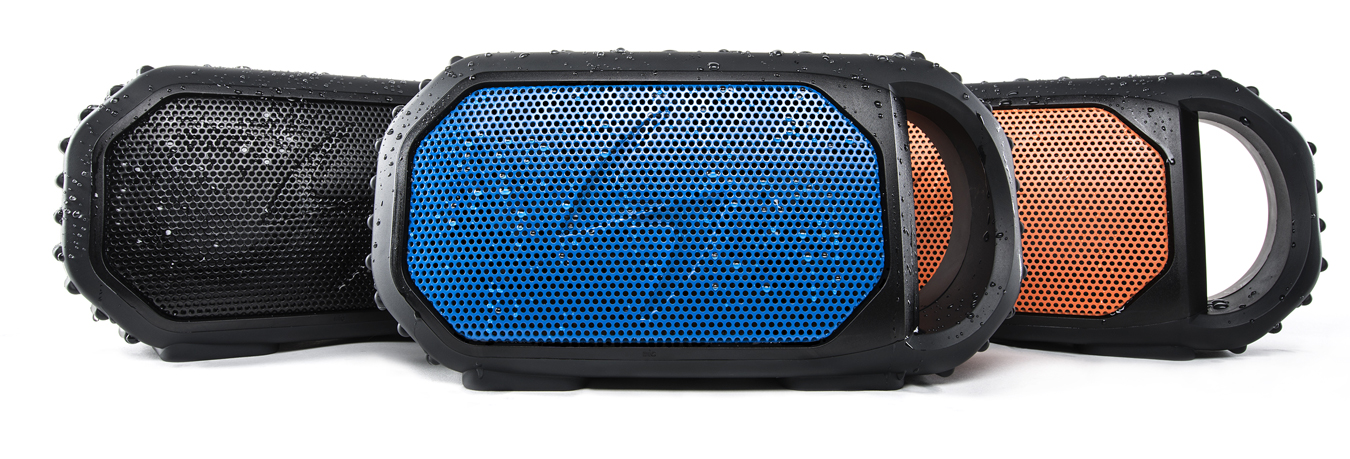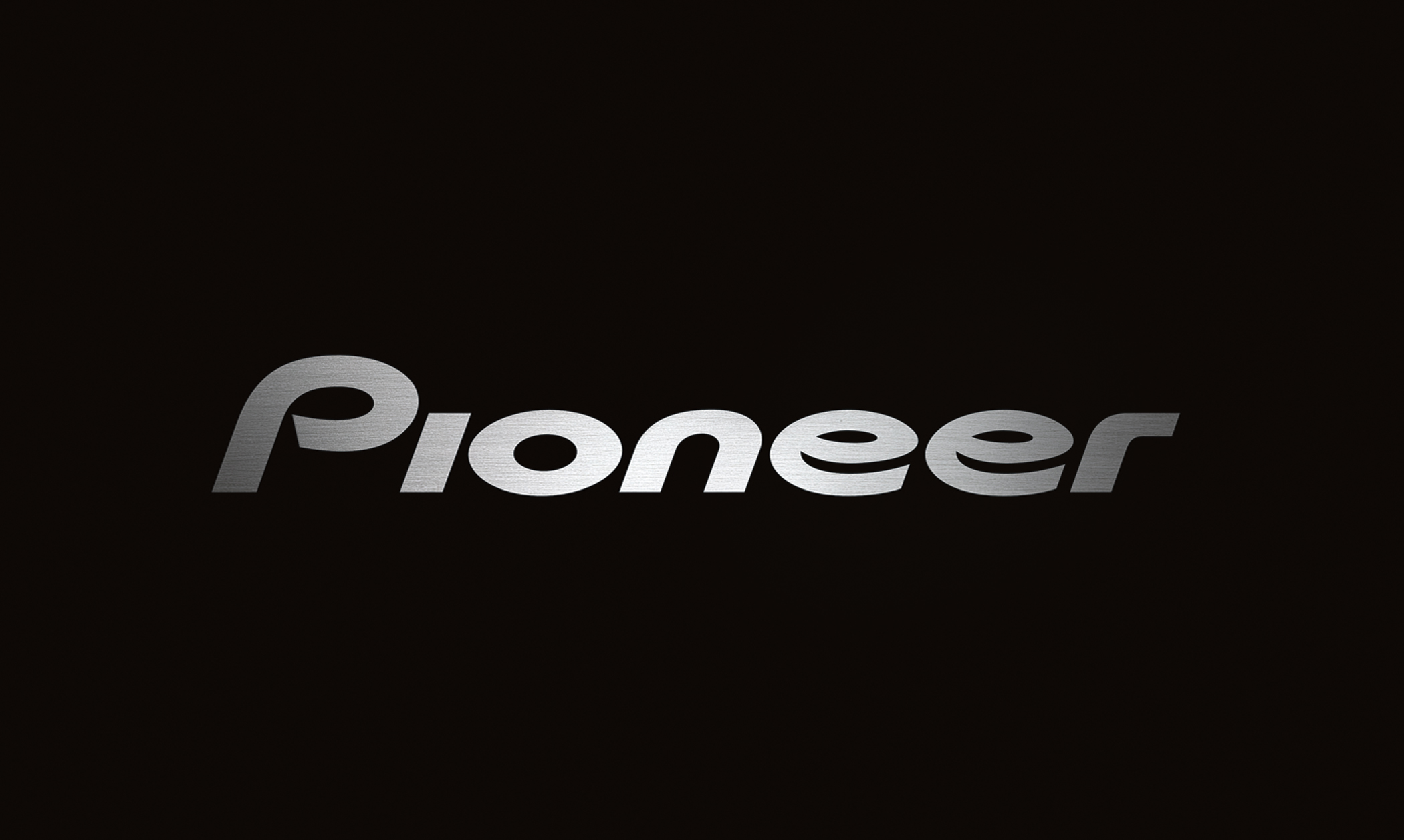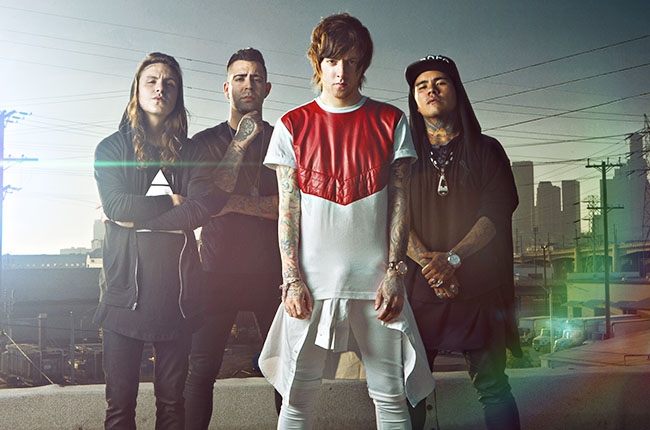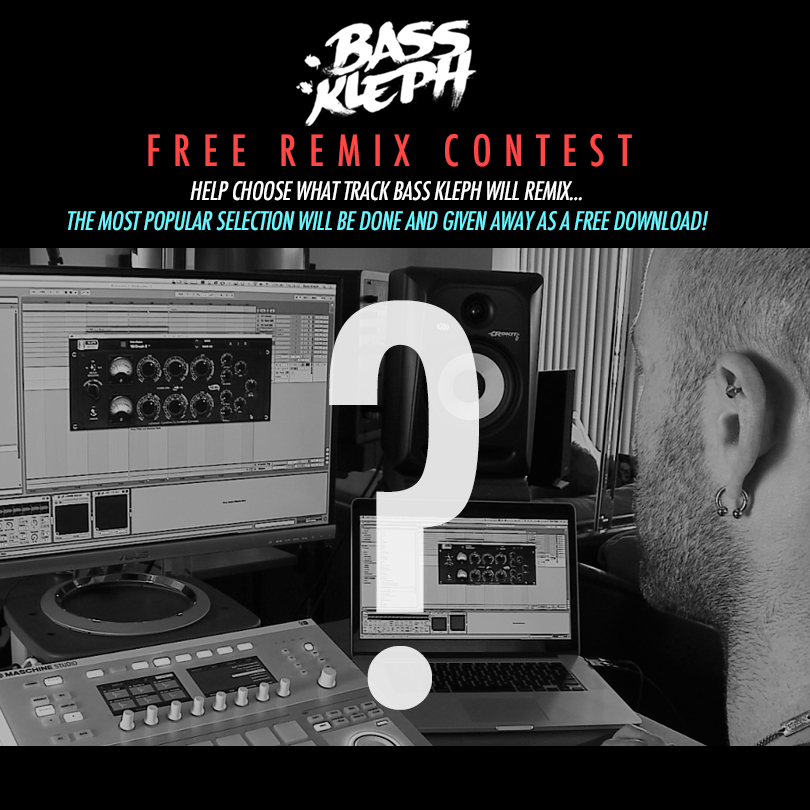The world of music festivals and massive concert lineups has changed dramatically over the last five to ten years. There was once a time where attendants went to concerts like Ultra Music Festival and Coachella to discover new artists and remember old favorites on a lineup. There was once a time where you would hear an amazing song in the middle of a DJ’s set and if nobody around you could identify the tune, it was lost from you indefinitely. There was a time where communication between you and your favorite musicians or concert management was exceedingly difficult and rare. There was even a time where going off to a music festival meant having to make your schedule to see different artists the moment your hands acquired the nearest pamphlet with all the different set times throughout the day or weekend. However, these problems have been solved thanks to this generation’s generous acceptance and overzealous utilization of smartphone apps and the world wide web.
The Internet and the hundreds of applications and websites that every laptop, tablet, and smartphone has access to have morphed the music festival scene in a way that forces these brands to pick and choose artists based not on their content but on their number of followers. If there’s an artist you’ve never heard of on a lineup for a concert you’re venturing to, a few clicks on SoundCloud, Spotify, Mixcloud, or even YouTube can take care of that in a jiffy. Fans don’t have to wing-it and decide to go see an artist, band, or DJ they’ve never seen before when they can just surf the web or their smartphone to hear their studio material or their live performances from the past. Because of this, major music festivals can focus more on their special visual effects and customer satisfaction, while worrying to acquire the names with the most likes and followers on social media (as long as their not already performing elsewhere).
All these new applications have also given us the opportunity to take the music from these shows and bring them home. Thanks to apps like Shazam, audiences across the globe can go to any show and pull the song currently playing and rejoice in the fact that now they can have these songs that were once unobtainable. If you want to discover more than just one song from an artist’s set, apps like Kuvo allow listeners to see what songs are playing or have been played during a set. More and more, apps like these are enabling music fans to bring the concert experience from the main stage and transport it into cellphones and computers for their personal entertainment.
Another major mode that has boosted the growth of electronic music in the mainstream media is the online interaction of fans with the artists. Social media apps and sites like Facebook, Twitter, Instagram, and Vine have bridged the physical gap between audiences and musicians and connected us to our musical heroes via their online activity. The greatest examples have sometimes become stories on blogs like ourselves from Deadmau5‘s Twitter escapades to Dillon Francis‘ Instagram mischief. Even corporations and festivals like HARD, Ultra Music, and Insomniac can have their audience reach out to them and in return respond to them without struggling to find their contact information. Fans can be updated with information about their musical destinations weeks or months away with full knowledge of what they can and can’t bring and not getting blindsided with finding out the day of after traveling miles to have the time of their lives.
What makes all of this frenzy of helpful apps crazier is that it doesn’t stop here by any means. Even music festivals have released applications that give out set times for different musical acts, artist profiles for every name on the lists, maps of the event, and much more. Festivals including but not limited to Ultra, Coachella, Electric Zoo, and almost all the Electric Daisy Carnivals have released an app of their own catering to their fan-bases in order to reel them into their top-tier events. This generates something new and cozy for fans already well accustomed to their technology and who are grasping it faster as they are handed each new app. Just this past year, EDC Las Vegas gave attendants free wifi to hold up a tremendous deal with selfie-central Snapchat where plenty of screenshots taken of the event were placed in a grand collection where fans could see all the photos taken by anyone who put it in that folder (or story according to Snapchat).
The explosion of electronic music in the United States and their influence intertwined with apps has shaped the way concerting is approached by entertainment companies and attendants forever. The musical equipment such as synthesizers and digital audio workstations have pushed electronic music to be discovered as spectacular milestones in technological advancements. However, the envelope was propelled farther than anyone could have anticipated with its collision with the rise of social media. The average music festival and the artists who perform their is more than enough proof of this phenomenon. Even outside massive three-day music festivals, high-end clubs have morphed into concert venues for those searching for a smaller music experience or cannot pay for the big price tags these festivals come with. Clubs like Hakkasan or XS in Vegas are paying between $200,000 and $300,000 a year for DJ residencies based on their meteoric popularity. Meanwhile, locations in Ibiza, Miami, New York, Los Angeles, and Chicago are becoming the temples for electronic music to thrive all year long between the festivals that summon those who are denied club entry. The gears grind harder and the machines run bigger every year and it is changing other music festivals that aren’t just on EDM. Rock, country, reggae, and blends of all music festivals are rapidly adjusting in this super technologic upgrade to the average festival goer. Whether it’s Lollapalooza, Tortuga, Reggae Sumfest, or Bonnaroo, they are joining in and bringing fans everywhere to their stages by invading their smartphones.
The game has been flipped for everybody and they’ve already adapted astonishingly well to the technology and the masses. Keep in mind that as the apps continue to take up space in our iPhones and Androids, they will develop deeper ties to the people downloading them and increase the followings of the individual music festivals and all the musicians, DJs, and bands who perform in all of them. The question that pops from this ludicrous success is how much bigger can this industry get before it becomes too overwhelming? It’s not so much a question that needs an immediate answer, but it does raise some food for thought.
Photo credit: Digital Gold Photography

